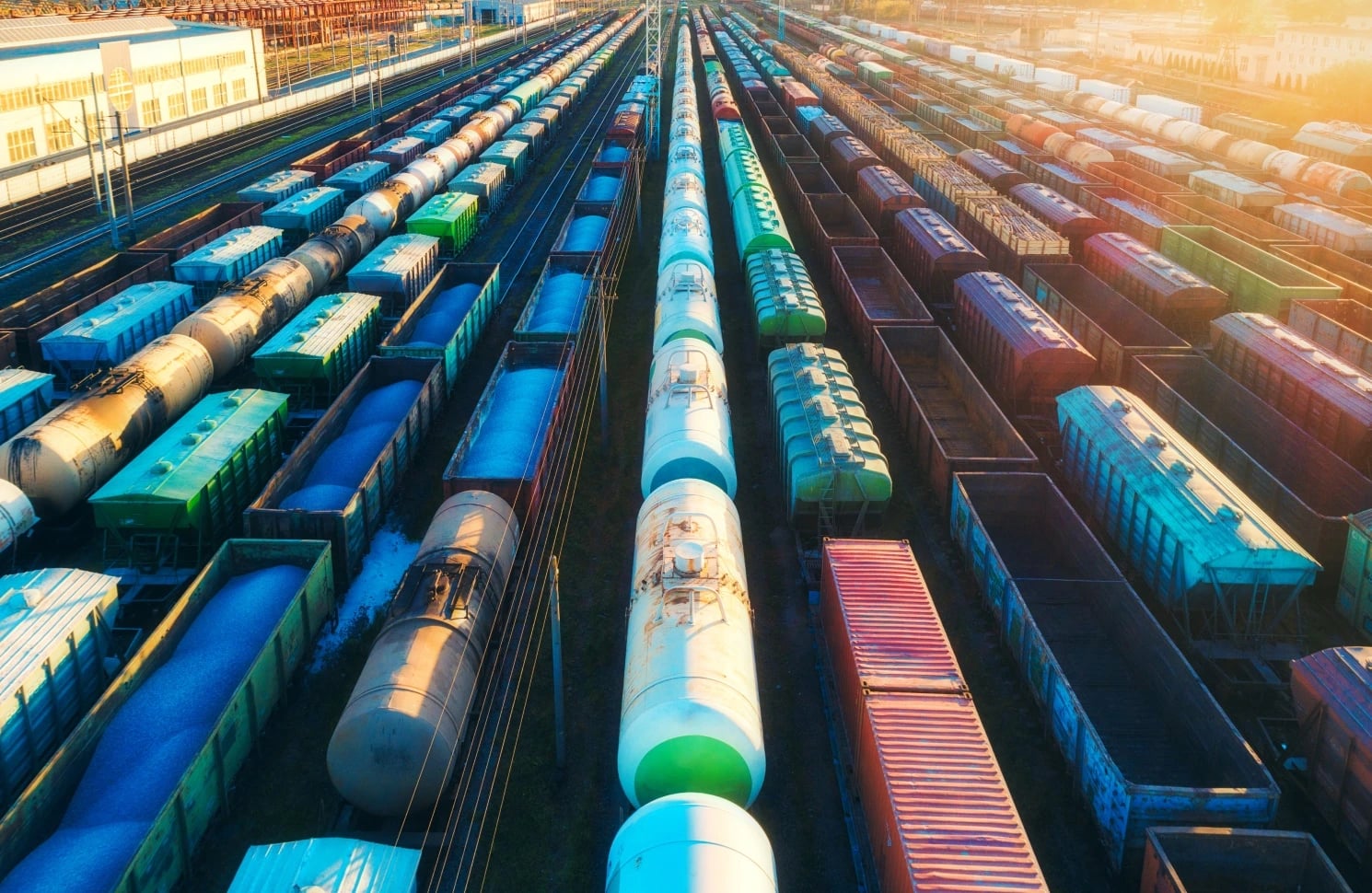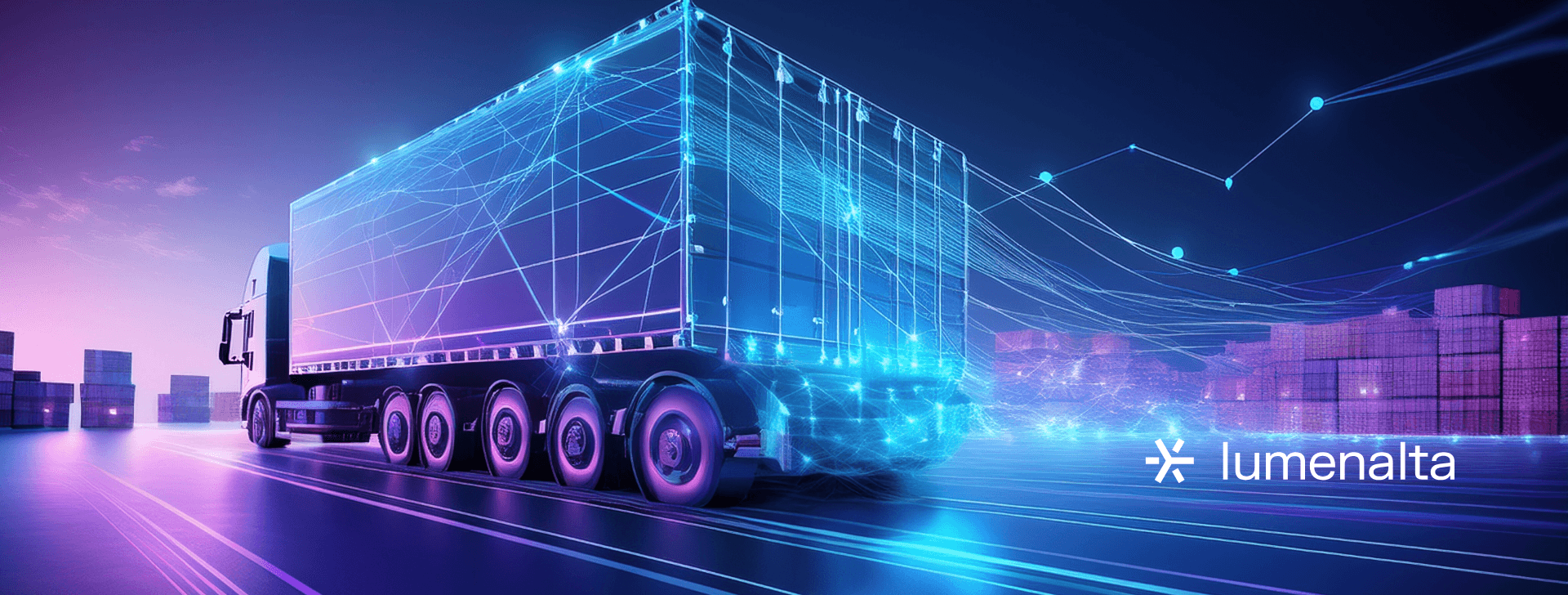

Reducing delivery delays and fuel costs through AI-based routing
MAY. 8, 2025
3 Min Read
AI-based freight routing reduces costs, enhances on-time deliveries, and equips CIOs and CTOs with real-time adaptation for stronger logistics performance.
AI-driven route optimization is slashing fuel costs and boosting on-time deliveries in freight networks, proving that advanced technology guided by expert teams delivers measurable business gains.
CIOs and CTOs in the 3PL, freight, trucking, and distribution sectors are under pressure to cut costs and improve delivery reliability. Rising fuel costs and tighter delivery expectations have made routing efficiency a strategic priority. Their point of view is clear: outdated routing methods are hindering efficiency, while AI-powered solutions promise a competitive edge. Senior-level engineering insights power these systems to adapt instantly to disruptions, minimizing fuel consumption and boosting customer satisfaction.
Key takeaways
- 1. Static route planning raises costs and leads to missed deadlines.
- 2. AI-based freight routing cuts wasted miles and reduces fuel consumption.
- 3. Real-time adaptations help maintain on-time deliveries and build customer trust.
- 4. Senior engineering expertise ensures advanced routing models remain current.
- 5. Measurable business outcomes include lower expenses, improved efficiency, and increased loyalty.
Outdated routing methods lead to higher costs and missed deadlines
Traditional freight routing often relies on fixed routes, driver intuition, or legacy software that can’t adapt to real-world changes. These outdated methods create inefficiencies at multiple levels. Trucks may run half-empty or take circuitous paths, racking up extra miles and fuel burn. Minor disruptions—like sudden road closures or port delays—can cascade into major delivery setbacks because manual plans lack agility. The bottom-line impact is old-school route planning can drive transportation costs 10–30% higher than necessary. For a CIO or CTO managing tight margins, that inflation is untenable. Late deliveries are equally problematic, as they erode service level agreements and customer confidence, leading to lost contracts or customer loyalty. In an era of exacting demands, clinging to static routing tools is a liability.
AI-based routing optimizes freight networks and lowers fuel consumption
Modern AI-based routing engines tackle these inefficiencies head-on by computing the smartest path for every load across the network. Advanced algorithms analyze historical data, real-time GPS inputs, and constraints like delivery windows or truck capacity to generate optimal routes in seconds. The immediate payoff is fewer miles traveled for the same deliveries, directly trimming one of trucking’s largest expenses: fuel. Fuel costs make up about 28% of total trucking expenses, so every mile saved and idle minute eliminated translates into savings. By continuously analyzing conditions, AI systems can consolidate shipments or re-sequence stops to avoid empty runs. Each truck carries the right load on the most efficient route, reducing fuel consumption and even maintenance costs from wear and tear.
For IT leaders, the business outcome is a leaner, more cost-efficient operation. Less fuel burned means lower expenses (and as a bonus, lower emissions), and optimized routing often frees capacity to handle more shipments with the same assets. The result is a lower cost per shipment and a more sustainable network.
Key benefits of AI-optimized routing
- Lower fuel usage and costs: Intelligent routing avoids unnecessary miles and idle time, directly cutting fuel spend (and associated CO2 emissions).
- Efficient asset utilization: By optimizing loads and routes, companies can complete more deliveries with fewer trucks or driver hours, controlling labor and maintenance costs.
- Network-wide visibility: AI provides a system-wide view of routes, helping planners spot bottlenecks and balance volume across hubs and lanes.
- Data-driven decisions: Instead of guesswork, route plans are backed by data and predictive analytics, giving IT leaders confidence in each plan’s efficiency.
Immediate route changes boost on-time delivery and customer trust
AI’s real-time adaptability is a critical advantage for delivery reliability. When conditions change—such as a highway closure or a last-minute customer request—the system instantly recalculates routes to keep drivers on schedule. This agility directly improves on-time delivery performance and customer satisfaction. After all, 85% of buyers say they would avoid a company after a poor delivery experience—underscoring how crucial reliable delivery is to customer retention. By automatically adjusting to disruptions, dynamic routing prevents small delays from snowballing into missed deadlines. Customers receive their goods as promised, often without even realizing that behind the scenes the AI rerouted trucks to overcome an obstacle
Senior engineering expertise refines routing and supports faster decisions
However, AI-driven routing is not a plug-and-play solution—it requires senior engineering expertise to adapt the technology to a company’s operations and integrate it with existing systems. Experienced engineers and data scientists fine-tune the algorithms (incorporating business rules like service time windows or drivers’ hours of service) to ensure the AI’s recommendations align with real-world constraints. The payoff is faster, smarter decision-making: tasks that once took hours for planners can be solved in minutes by algorithms, under the guidance of these experts. Engineering oversight also brings transparency, so stakeholders trust the AI’s route suggestions and drivers embrace the new tools.
Having the right talent in place is often the deciding factor in AI success. In fact, a survey found that lack of technical skills is the single biggest barrier to AI adoption. Forward-looking logistics CIOs invest in route optimization talent or partner with providers who have deep expertise. With skilled teams, AI routing deployments happen faster and advanced capabilities (like predictive demand forecasting or automated exception handling) can be fully leveraged. Ultimately, pairing advanced routing technology with experienced engineering talent leads to quicker wins—immediate fuel savings, fewer late deliveries—and continuous improvement over time.
“Having the right engineering talent ensures AI-driven routing models remain accurate, agile, and aligned with business priorities, leading to continuous efficiency gains.”
AI-based routing has emerged as a catalyst for leaner, more reliable freight operations. Companies that shift from manual route planning to AI-driven routing are realizing significant reductions in fuel costs and marked improvements in on-time delivery, directly translating to lower operating expenses and higher customer satisfaction. Achieving these gains at scale requires the guidance of seasoned engineers to tailor and refine the solution, but the payoff is a logistics network that adapts quickly and executes predictably. For CIOs and CTOs, combining advanced routing technology with strong engineering support offers a clear path to greater efficiency, agility, and trust in an industry where every mile and minute count.
AI-based routing is not just a technical shift—it’s a path to better efficiency and fewer service disruptions. With improved adaptability and real-time updates, these systems free teams to focus on high-value objectives. At Lumenalta, we build tailored AI solutions that align with your business goals, ensuring you’re equipped to lead. Let us chart a more reliable route ahead.
Common questions about AI routing
What is freight optimization meaning, and how does AI improve it?
How does predictive freight optimization differ from static planning?
Can AI routing software handle multi-modal freight routing?
Does AI routing require extensive hardware upgrades?
What are the first steps to deploying freight optimization AI?
Connect with our engineering experts for a customized AI routing strategy.



